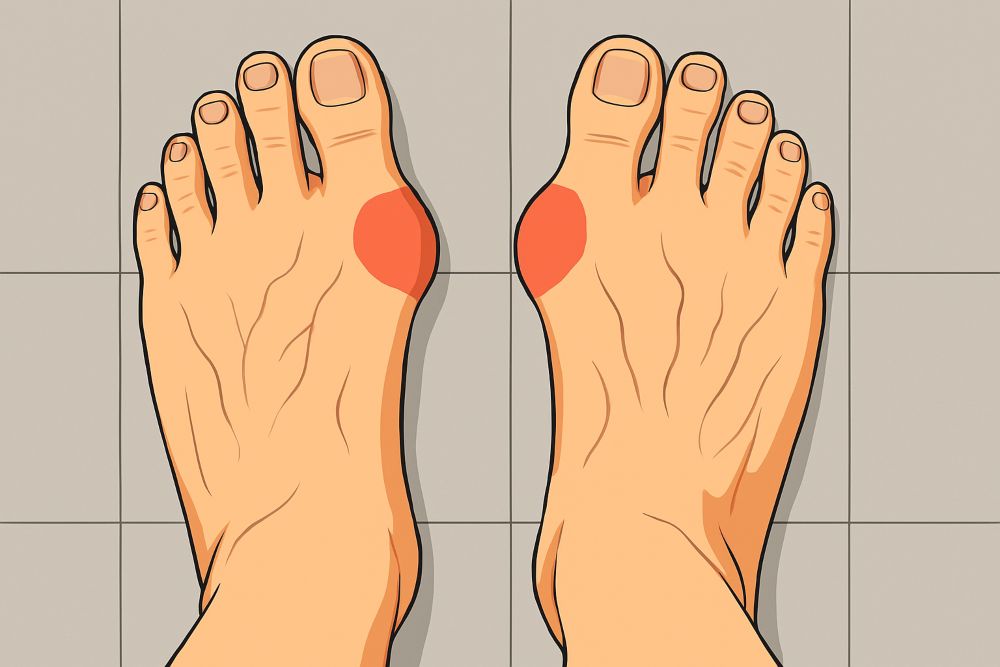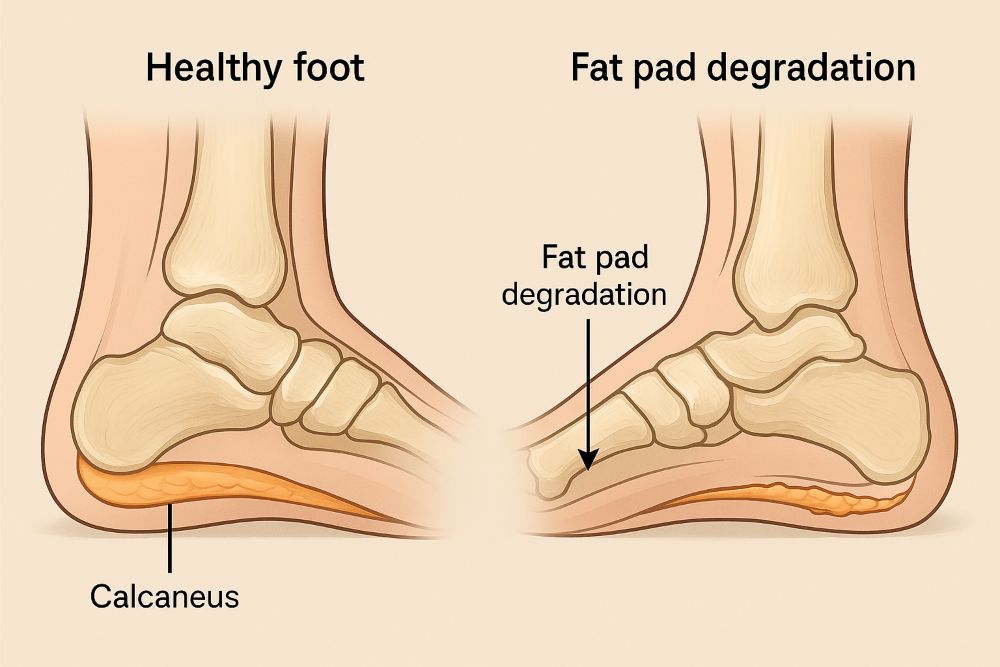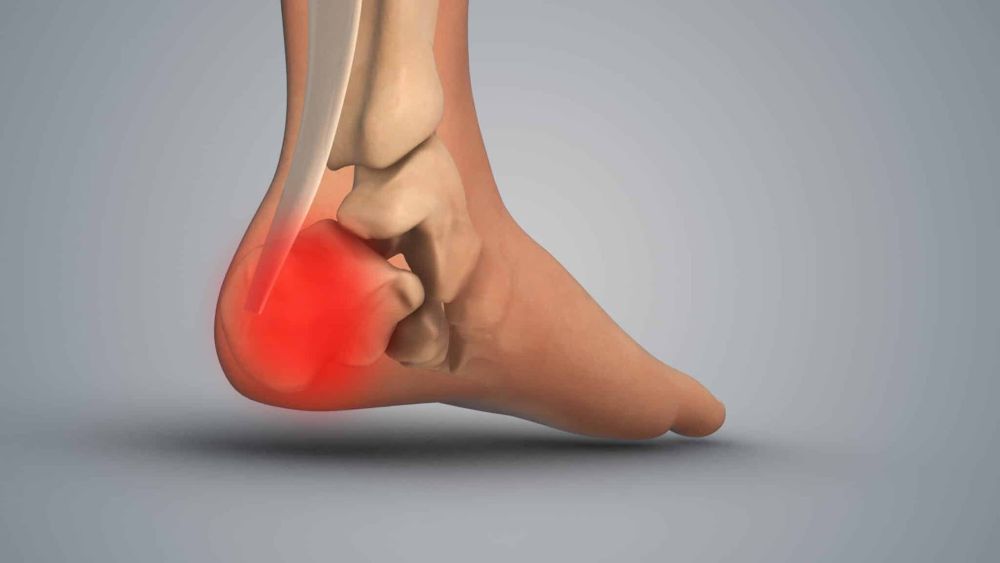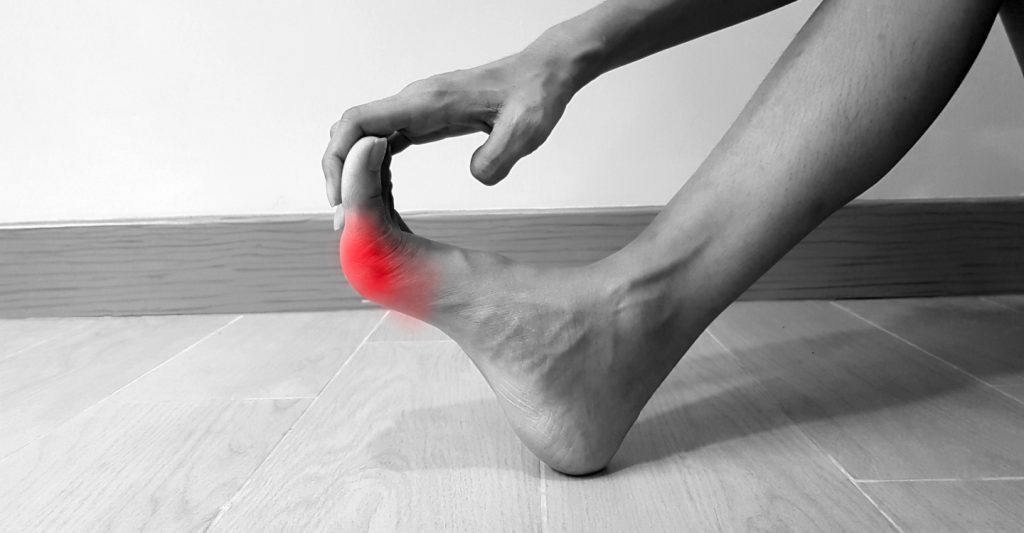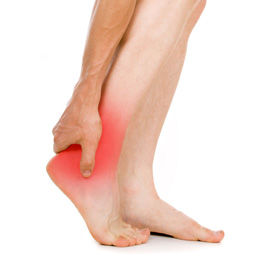
The heel is the largest bone in the foot. With every step, you put pressure on your heel. As you walk, run, and jump, it is your heel that often takes the brunt of that force. Knowing this, it may not be too surprising that more than two million people struggle with heel pain in the U.S, making it one of the most common causes of foot problems among Americans.
Heel pain can interfere with your quality of life, reducing mobility and causing a substantial amount of pain. The majority of heel pain is caused by one of these five conditions:
1. Plantar Fasciitis
Plantar fasciitis is one of the most common causes of heel pain in older adults. Nearly half of all heel pain issues can be attributed to plantar fasciitis. This condition is a result of small tears and swelling in the tendons and ligaments that stretch from the heel to the ball of the foot.
Plantar fasciitis causes extreme pain in the heel, especially early in the morning when you first wake up and begin walking. The pain will often dissipate as you rest but comes back again as soon as you attempt to walk.
2. Tarsal Tunnel Syndrome
The tarsal tunnel sits between the bones and the tissue that nestles on top of it. In this space, there is a nerve called the posterior tibial nerve. Tarsal tunnel syndrome develops when this nerve becomes compressed. This condition is very similar to carpal tunnel syndrome, which develops in the wrist. It is chronic and causes lingering, severe pain in the heel.
Other symptoms of tarsal tunnel syndrome include:
- Numbness across the bottom of the foot
- A burning or tingling sensation on the base of the foot
3. Heel Spur
A heel spur is a small calcium deposit that develops on the bottom of the heel bone. It is often shaped like a small hook and can prompt severe pain when pressure is applied to the foot, like while walking.
Heel spurs are often confused with plantar fasciitis, as the symptoms are so similar. Unlike plantar fasciitis, which affects the tissue of the foot, heel spurs are a manipulation of the bone. The two conditions often develop together. In fact, a heel spur can be found in almost 70 percent of patients with plantar fasciitis.
4. Achilles Tendinitis
Your Achilles is the tendon that connects the heel to the calf muscles. It is located on the backside of the ankle, just above the heel. Achilles tendinitis develops when swelling occurs in the tendon. This is most often a result of injury or overuse.
Certain behaviors increase your risk for developing Achilles tendinitis, including:
- Jogging
- High-impact exercise
- Poor footwear, including high heels
5. Stress Fractures
A stress fracture is a tiny crack in a bone. Unlike a traditional fracture that is commonly the result of a single injury or traumatic event, a stress fracture develops over time as a result of chronic overuse. The heel is susceptible to a great deal of repetitive force from walking and running. Wearing poor footwear can increase your risk of developing a stress fracture in the heel.
If you are experiencing heel pain, there is a big chance it is from one of these five common causes of heel pain. In most cases, heel pain will grow worse if it is not treated. Taking action early can reduce your risk of developing a more severe problem down the road.


